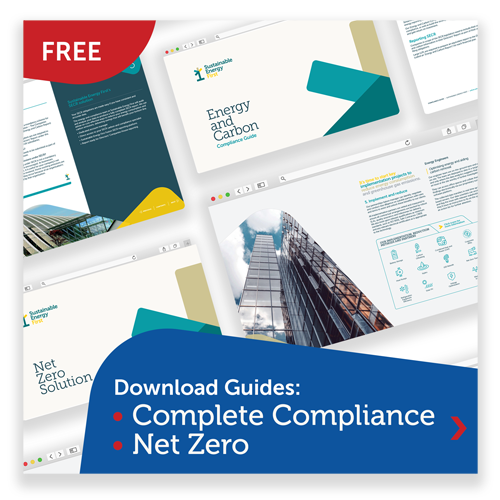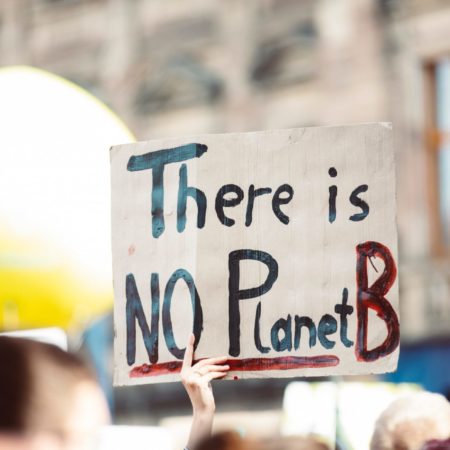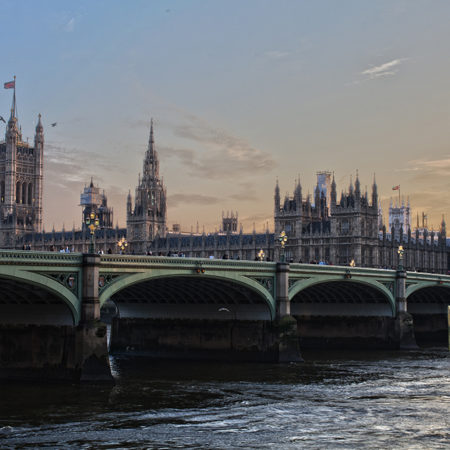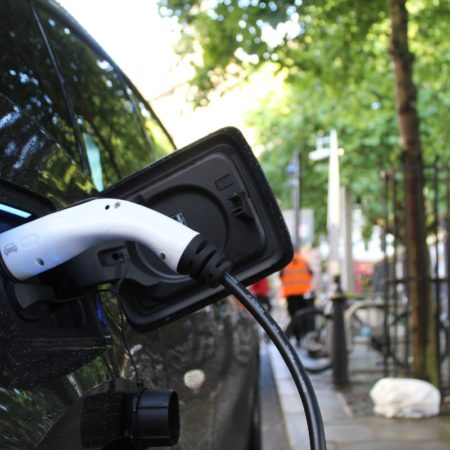Since 2019, the government has been working on ways to use the finance sector as a driver for the green transition. Some policies may change now that we have a new Prime Minister, but the forthcoming Sustainability Disclosure Requirements, or SDR, are still on the agenda for now.
But what is the SDR, and what does this mean for businesses in practice?
Background: a changing investment landscape
Investors are increasingly looking beyond the balance sheet when deciding which companies to invest in. This means using Environmental, Social and Governance (ESG) criteria to assess a company’s impact on people and the planet, as well as how it is run.
In the past, “ethical investments” were somewhat niche and it might even have been considered risky to use non-financial factors when assessing an investment opportunity. Now the opposite is true. Investors need non-financial information such as ESG criteria in order to get a full picture of the business they are investing in. And trading platforms are taking this into account. When the Sustainable Stock Exchanges (SSE) initiative brought out guidance for exchanges in 2015, less than 10% of the world’s stock exchanges provided ESG information. Now that figure is 56% and growing.
The growing need for transparency means that businesses failing to report on their ESG credentials are increasingly looking like a risky bet to investors.
Climate in focus
For many investors, a company’s approach to the climate is the most important ESG metric. In 2012, a number of investors decided to form a body to show just how many investors prioritise climate action. The International Investors Group on Climate Change (IIGCC) now has more than 350 members, mainly pension funds and asset managers. Between them they manage over €51 trillion (roughly £44.6 trillion) worth of assets.
The Financial Stability Board (FSB) also recognises that climate information is necessary for sound investment decisions. The international body, created in the wake of the 2007-08 financial crash, has the remit of identifying threats to economic stability. The FSB has realised that lack of transparency on climate action could be as risky as the opaque financial products which caused the last crash. In 2015 it created the Taskforce on Climate-Related Financial Disclosures (TCFD) to develop climate reporting guidelines.
TCFD reporting acknowledges that climate change has the potential to affect the viability of a business. That might be through strain on supply chains, changing customer attitudes or a myriad of other ways. In the UK, it has been compulsory for certain companies to carry out TCFD reporting since April 2022.
The SDR goes beyond TCFD-aligned reporting because the focus is not just on climate. It is designed to cover all corporate disclosures relating to the environment. This might mean extraction of raw materials, the environmental impact of constructing a new site or how waste is handled. Anything to do with a company’s impact on the environment would come under the SDR.
Key concept: double materiality
The corporate world is very familiar with materiality, the importance of a piece of company information to a potential investor. UK accounting standards require all material information to be disclosed to investors so it can inform their decisions. In recent years, the idea that sustainability information is material to investors has taken hold, although there has been debate and confusion on exactly what environmental information matters.
The SDR creates an important new legal concept based on this: double materiality. The approach a business takes to the environment can affect its bottom line and long-term viability. But it also, of course, affects the environment itself and how liveable the planet is. Double materiality acknowledges both sides of this. It means that corporate disclosures should include both the environment’s effect on the business and the company’s effect on the environment.
Where are we now with the SDR?
The SDR was announced in the government’s Greening Finance roadmap in October 2021. The roadmap built on 2019’s Green Finance Strategy, which recognised the importance of the financial sector in helping to achieve environmental objectives.
The Financial Conduct Authority gathered finance industry views on the SDR at the end of 2021, with a view to carrying out a full consultation in summer 2022. But this consultation has since been delayed. It may happen by the end of the year, but the new Chancellor and business secretary have indicated that they are currently focused on tackling the energy crisis. So, we do not yet have the detail of how SDR reporting will work in future. We do know that it will tie in with the UK green taxonomy when the latter is complete, but as of autumn 2022 this is still at draft stage.
However, the direction of travel is clear. There is a growing need for businesses to offer clarity on their environmental impact. Companies can best prepare for future legislative requirements by establishing good reporting practices now.























